Heritage. It’s all the rage these days, with manufacturers across the board keen to capitalise on their histories (regardless of their notability) and the increased interest in older cars. But while the proverbial bandwagon is now groaning under the weight of all these purveyors of rose-tinted eyewear, there are a select few companies who’ve recognised the importance of preserving their legacies for decades. And one of those is Alfa Romeo.
Built for purpose
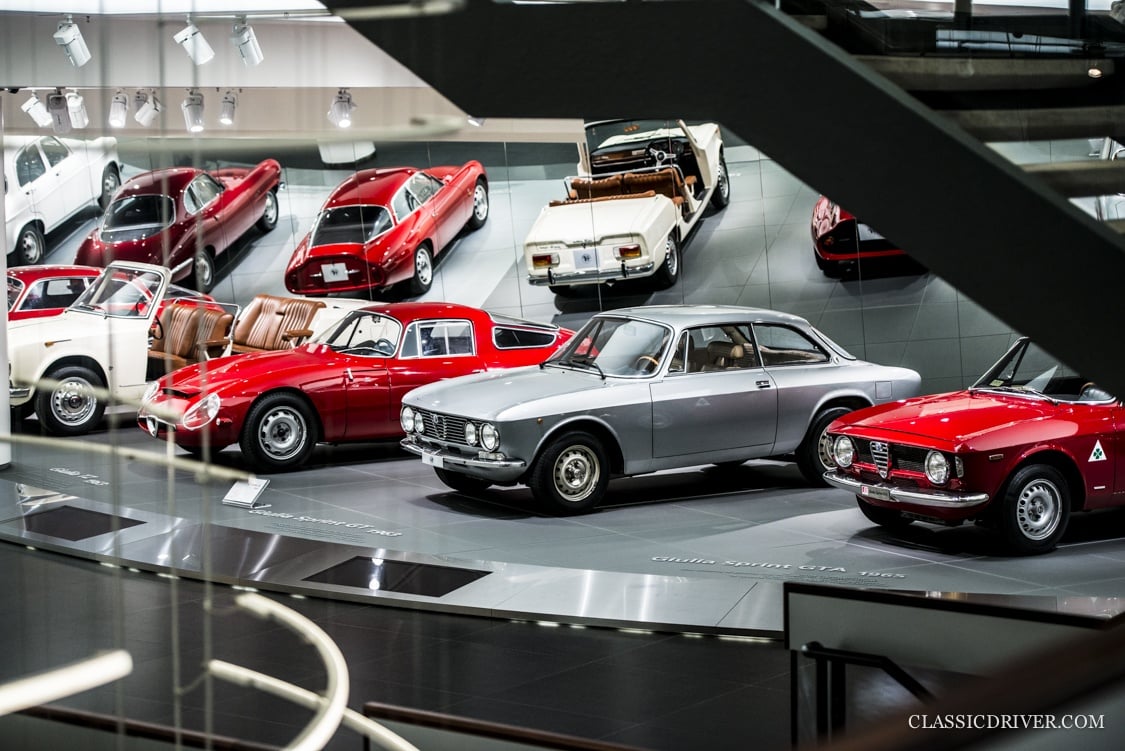
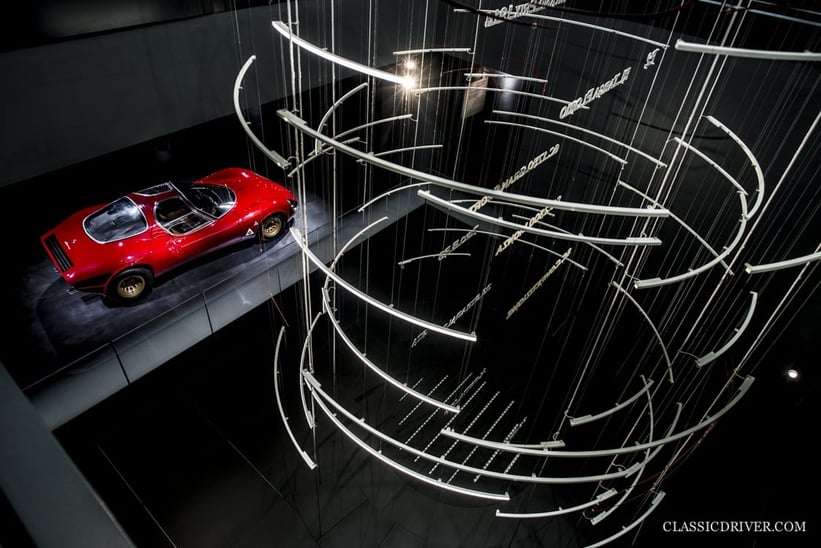
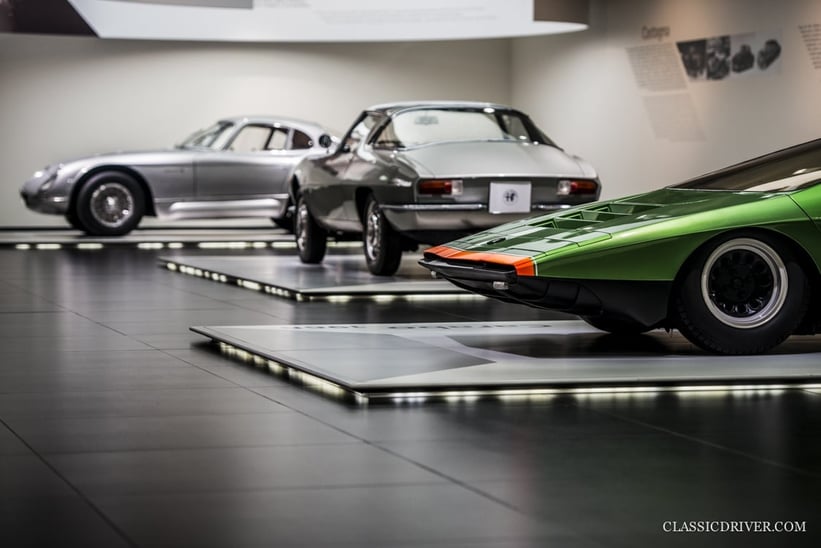
Since the early 1960s, Alfa Romeo has gathered its most historically significant cars with the purpose of showing them to the public. It wasn’t until 1976, and the opening of the company’s new plant in Arese, near Milan, that a specially designed home was found for the expanding collection: the Museo Storico Alfa Romeo. The museum instantly became a must-visit destination for Italian car lovers around the world, and while its closure in 2011, and ensuing four-year restoration, saddened the Alfisti, the reopened museum — affectionately dubbed La Macchina del Tempo, or ‘The Time Machine’ — was well worth the wait.
Last out the door
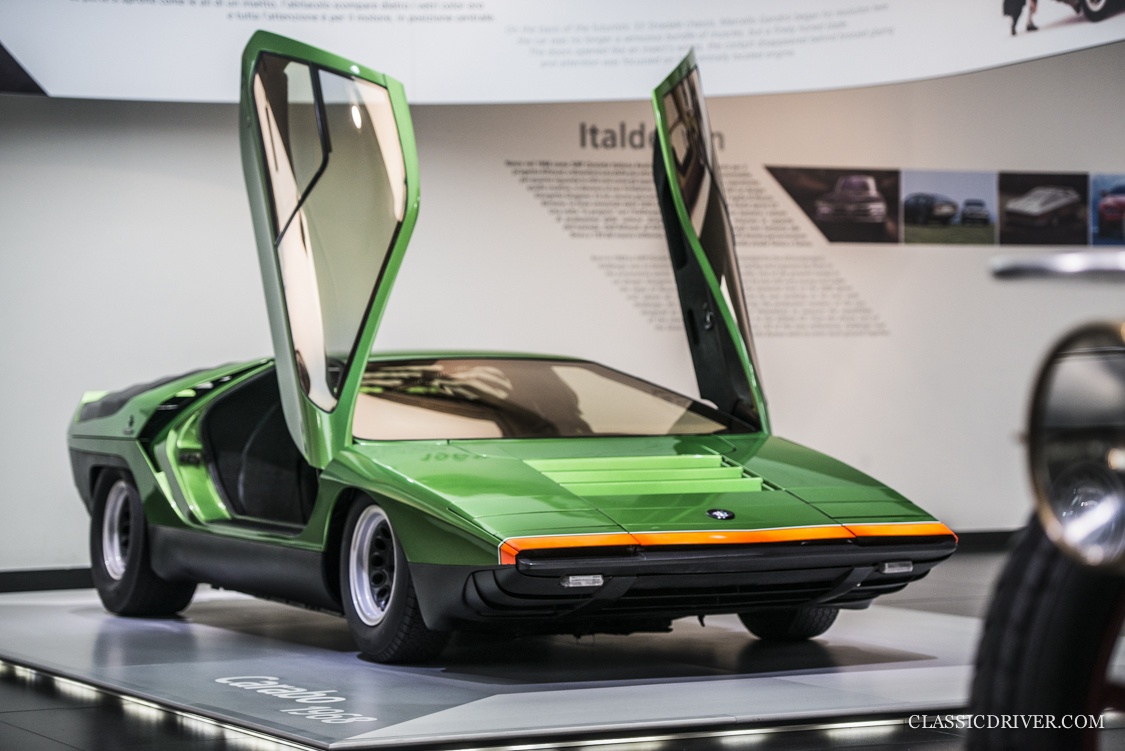
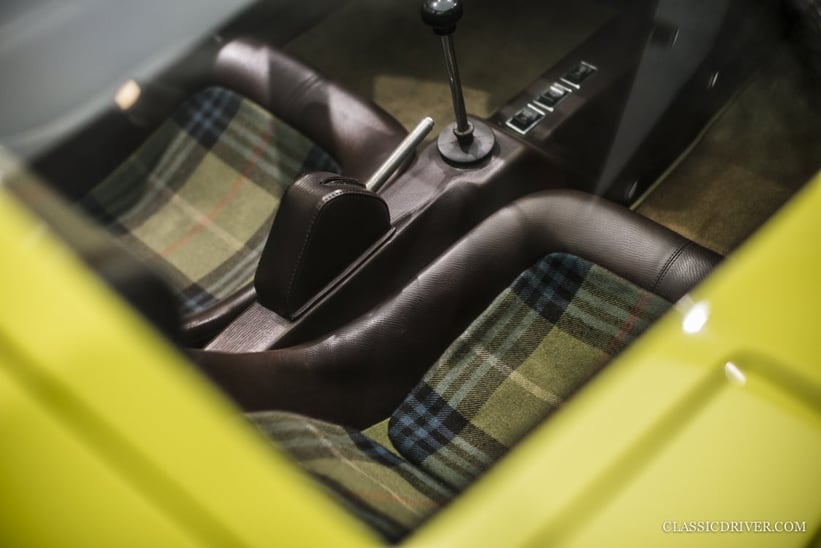

Sprawling over six generously sized floors, and housing 69 permanent cars, the modern design museum is entirely befitting of Alfa Romeo’s glittering back-catalogue, providing a beautiful contrasting backdrop for the earlier machines and an appropriate place in which to explore the brand’s exciting future. Should you not know a lot about the brand’s DNA, one visit to the Museo Storico Alfa Romeo and it’ll be ingrained in your memory. It’s captivating — to the point where you don’t really want to leave.
Milestone models
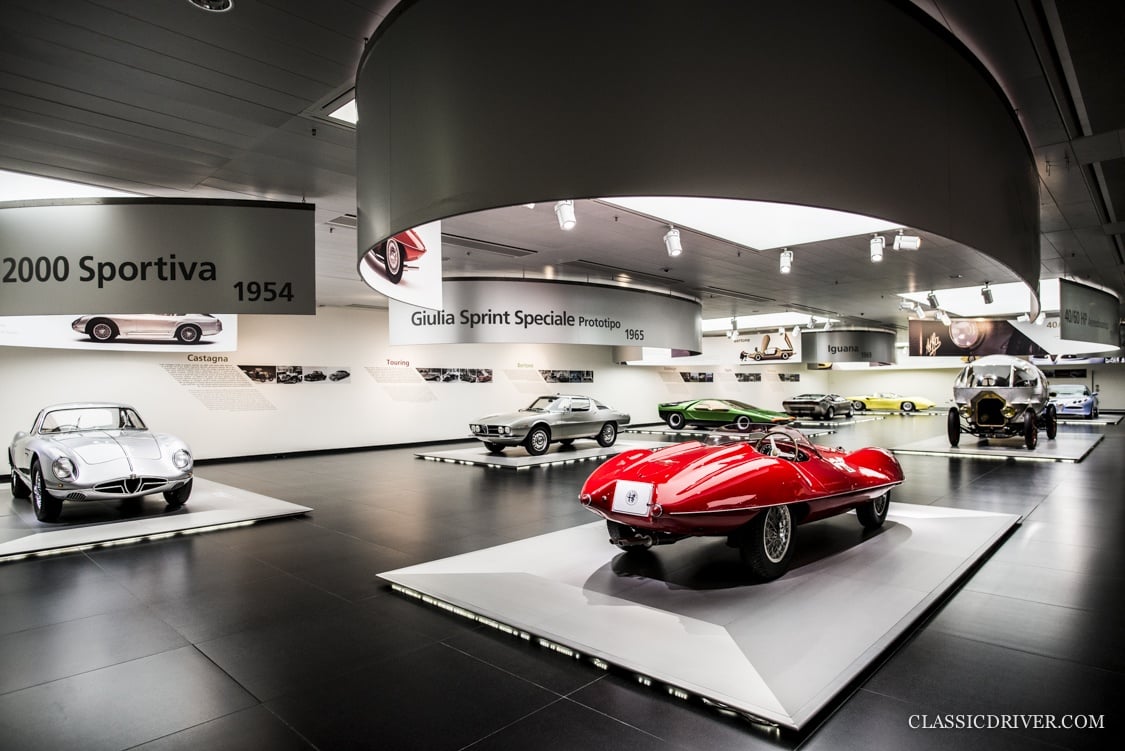
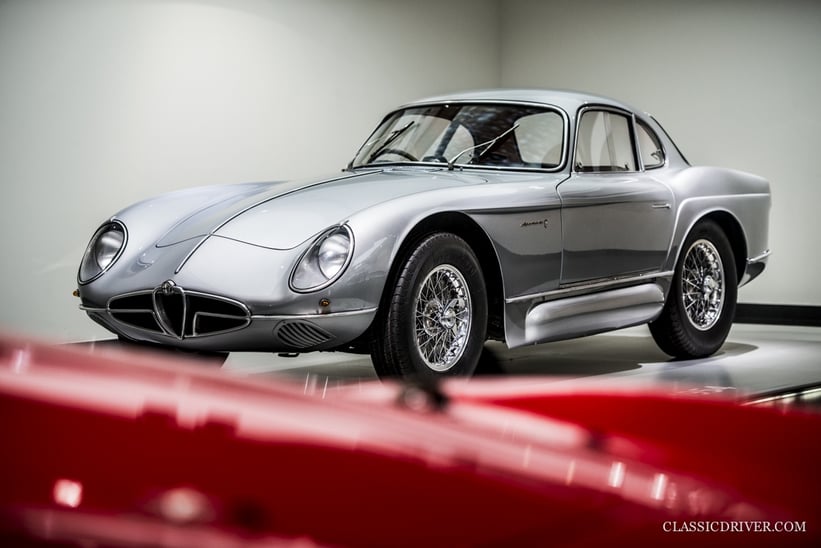
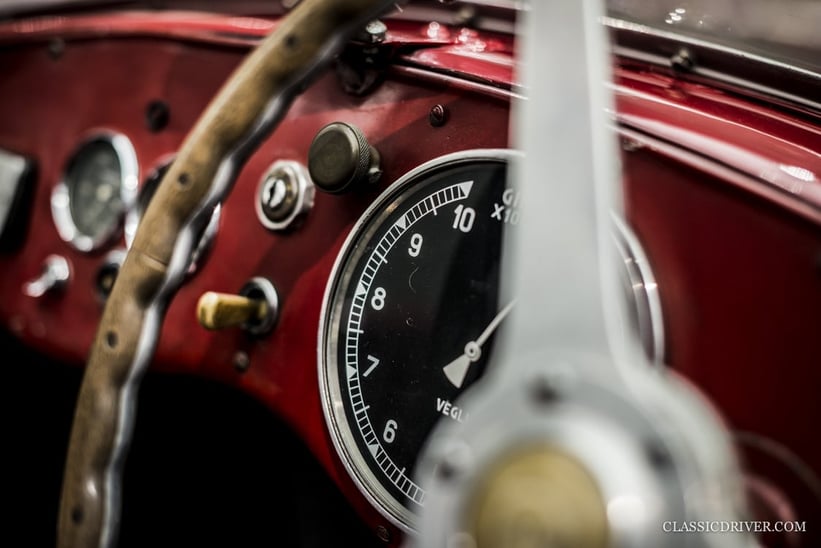
The permanent exhibits are split into three distinct categories: ‘Timeline’, ‘Beauty’, and ‘Speed’. ‘Timeline’ comprises 19 milestone models that best mark the extraordinary 107-year history of the Alfa brand, from the very first 24HP, through the 6C 1750 Gran Sport and the Giulia, and up to the 8C Competizione. It also pays tribute to the great drivers, mechanics, and executives without whom the company would not be where it is today. As you’d imagine, ‘Beauty’ is dedicated to what Alfa Romeo is best known for — sultry, slippery, and arresting aesthetics.
Masters of style

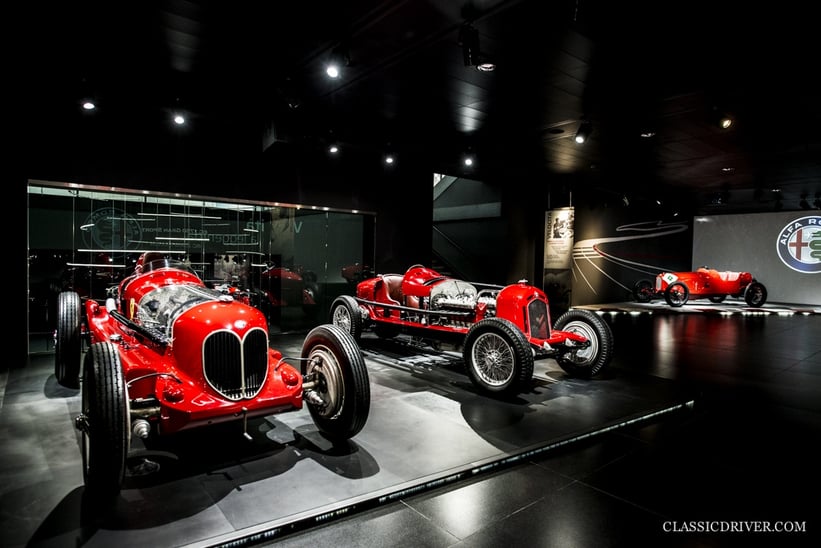
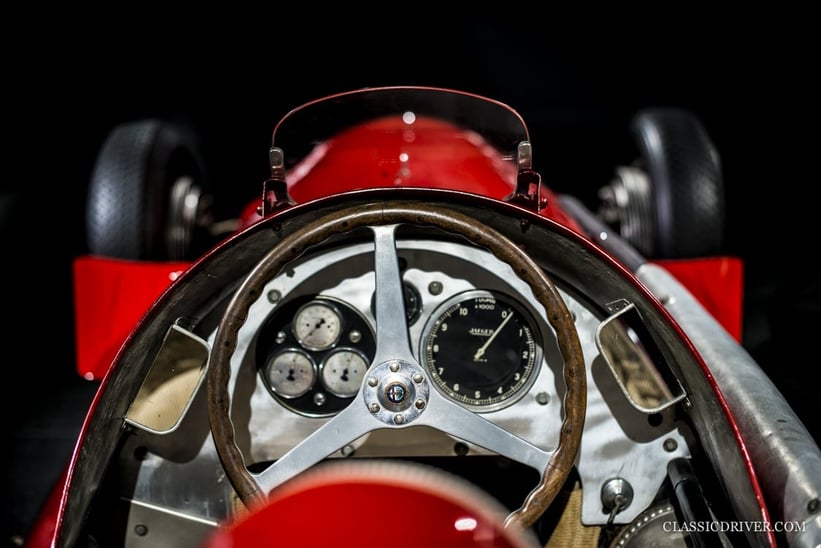
The assemblage of 23 cars is delectable, featuring the works of the best coachbuilders from the post-War period, such as the legendary Touring-bodied Disco Volante, and the wildest concepts by the greatest Italian designers, including Marcello Gandini’s wedgetastic Carabo and Leonardo Fioravanti’s slinky 33/2 Speciale. The cars are as much masters of style as the minds who envisaged them, with their universal beauty sealing them in the annals of history. Take the Giulietta, for example — do you think it became ‘Italy’s sweetheart’ because of the way it drove?
Grazie mille Alfa Romeo!



The final — and, arguably, the most evocative — exhibit is ‘Speed’, which celebrates Alfa’s illustrious and expansive competition history and the trials and tribulations it’s faced on the racetracks of the world. Exploring the darkened area teeming with precious cars is an almost eerie experience, as the silence provides a bizarre juxtaposition to the battle-hardened racers’ appearances. Fangio’s Formula 1 World Championship-winning ‘Alfetta’, TZ1 and TZ2, a Giulia Sprint GTA 1300 Junior, a Tipo 33 TT12 (oh, and the Stradale), and a 155-V6-TI — it’s hard to know where to look.
Perhaps the most wonderful thing about the Museo Storico Alfa Romeo is that many of the cars, particularly the racers, are regularly brought out and demonstrated at events around the world. Just last week, for example, four cars (including the Martini-liveried Brabham BT45 Alfa Romeo) were taken to the Goodwood Festival of Speed. Now that’s commitment to a cause I think we can all get behind — the world deserves to see these cars and grasp the legend that is Alfa.
Photos: Rémi Dargegen for Classic Driver © 2017








































































































































